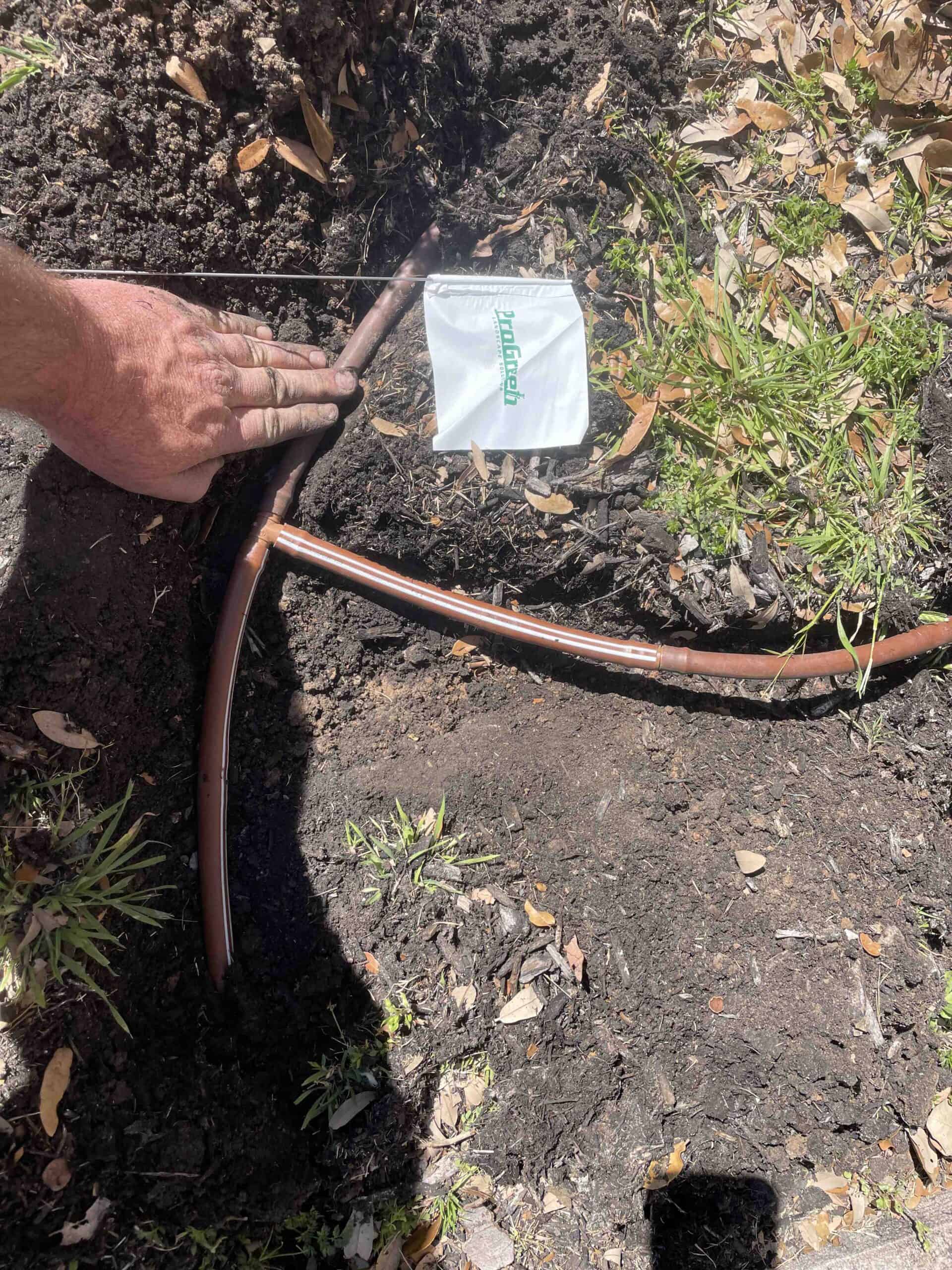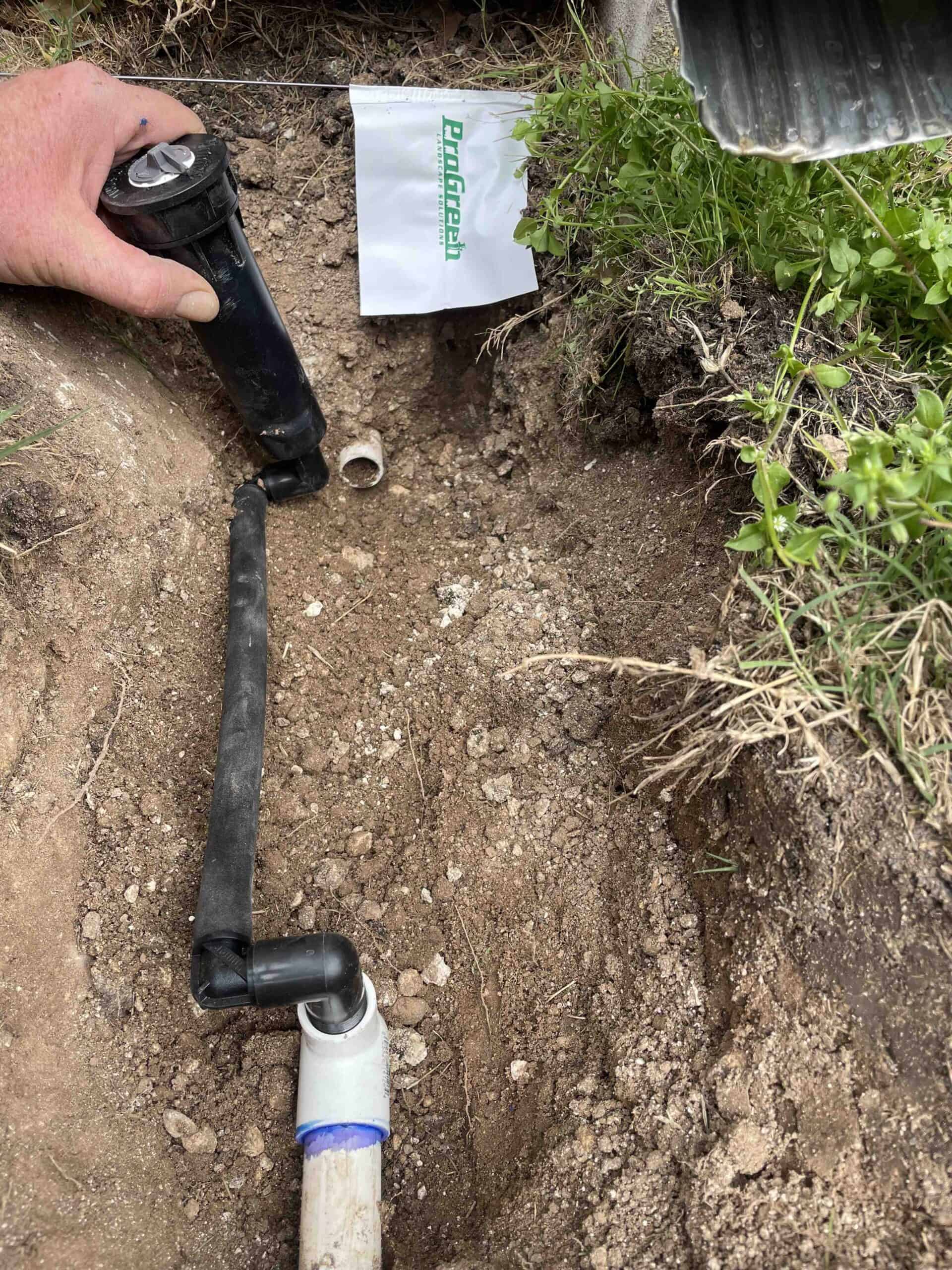Managing Irrigation Water Quality: Strategies and Challenges
Irrigation water quality is crucial for property productivity and environmental sustainability. However, poor water quality can adversely affect soil health, crop growth, downstream water bodies, and entire communities.
 Let's dig deep into the importance of managing irrigation water quality, the challenges involved, and strategies to ensure optimal output.
Let's dig deep into the importance of managing irrigation water quality, the challenges involved, and strategies to ensure optimal output.
Importance of Irrigation Water Quality
The quality of water used for irrigation directly impacts soil fertility, landscaping health, and overall garden productivity. These are important factors for homeowners maintaining lush Lawns and functional outdoor spaces. Unfortunately, contaminants such as salt, sediments, pathogens, and chemical residues can accumulate in soils over time. This accumulation can lead to reduced yields and degraded soil structure without efficient irrigation to wash the surroundings. Poor water quality can contribute to these issues. Inefficient irrigation can lead to the salinization of soils, rendering them unsuitable for cultivation, gardening, or much else. Thus, ensuring the quality of irrigation water is essential for sustainable gardening and environmental stewardship.Challenges in Maintaining Irrigation Systems and Water Quality
Maintaining high-quality irrigation water poses several challenges for homeowners and businesses. It can also be a hurdle for resource managers and savvy property maintenance teams. One significant challenge is the presence of pollutants and contaminants in water sources. These pollutants and contaminants can include surface water, groundwater, and reclaimed water. Agricultural runoff, industrial discharges, and urban wastewater affluence can introduce a wide range of pollutants into irrigation systems. When this happens, it can necessitate rigorous monitoring and treatment measures. The variability of water quality parameters, such as pH, electrical conductivity, and nutrient levels, adds complexity to irrigation management. These considerations require adaptive strategies to address fluctuations in water quality over time.
